
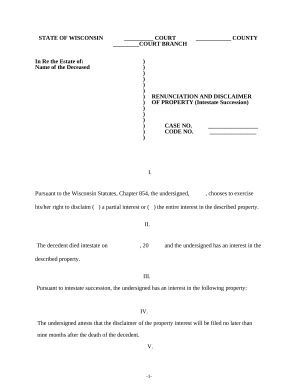

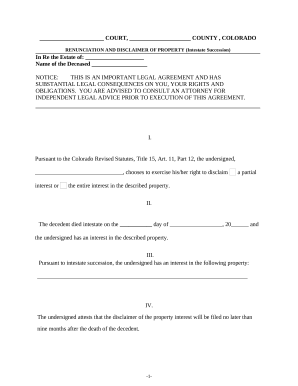
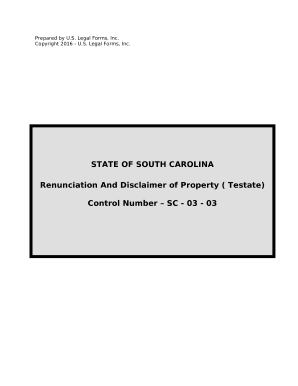

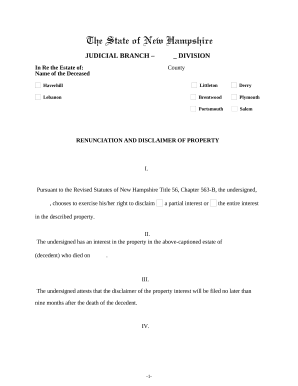
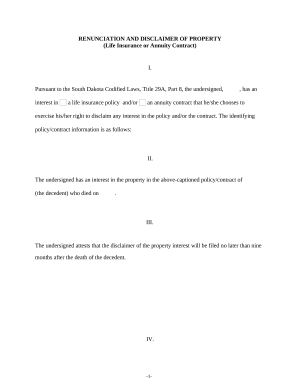
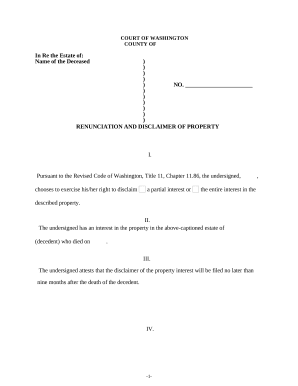
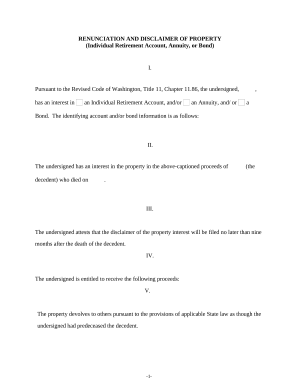

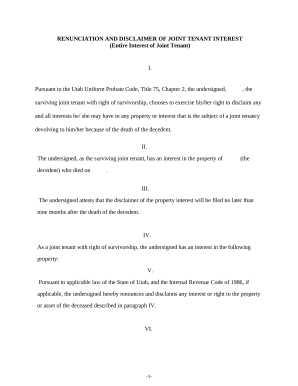
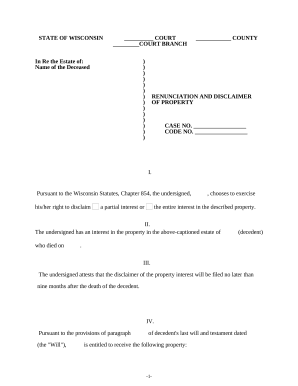
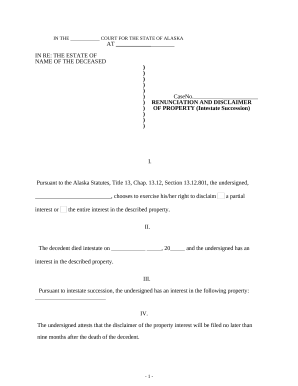

Speed up your document administration with the Disclaimers of Property Interest Forms category with ready-made templates that suit your needs. Access your form template, edit it, fill it, and share it with your contributors without breaking a sweat. Begin working more efficiently with the documents.
How to use our Disclaimers of Property Interest Forms:
Examine all of the possibilities for your online file administration using our Disclaimers of Property Interest Forms. Get a totally free DocHub account right now!